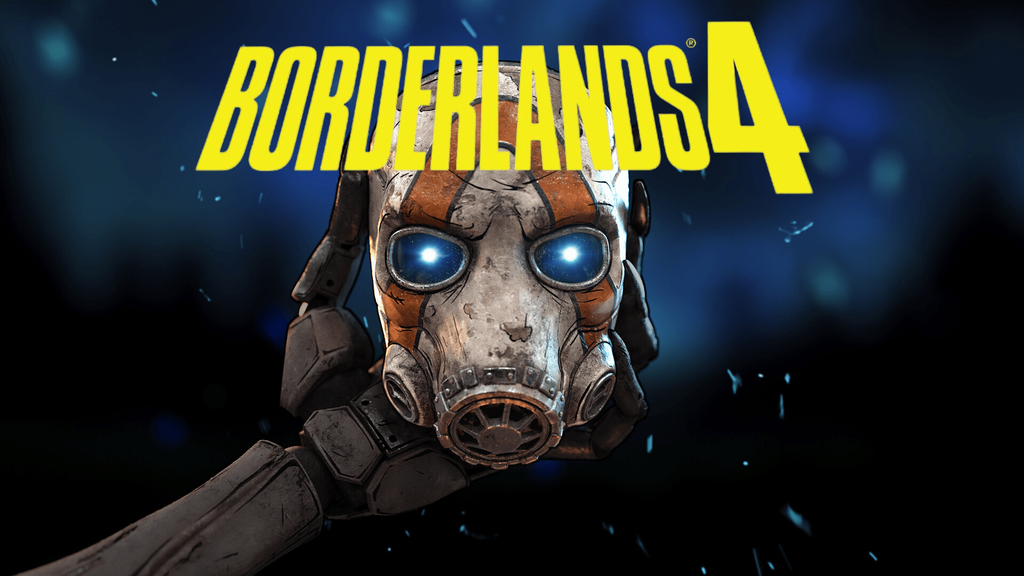
Since its launch, Unreal Engine 5 has been advertised as a revolution in gaming. Unfortunately, in practice, players received productions with horrible optimization, especially on weaker platforms. Games often looked little better than titles from UE4, and performed significantly worse. Who's to blame? Some point to the developers, others to the engine itself – especially its Lumen and Nanite systems.
Unreal Engine 5.7 – Epic promises improvements
Epic Games has just presented Unreal Engine 5.7, and the main highlight of the updates is performance enhancements. Procedural Content Generation (PCG) is expected to operate almost twice as fast as in UE 5.5, as confirmed by tests from Guru3D. The new version is also designed to better utilize GPU and CPU resources, which in theory should result in more stable game performance.
New features: Nanite Foliage and MegaLights
UE 5.7 is not just optimization. The engine has gained Nanite Foliage – that is, the implementation of Nanite for vegetation – and an improved lighting system MegaLights, which aims to provide more realistic lighting effects. Currently, the version is still in the testing phase (Preview), but the changes look promising.
Will players finally breathe easy?
The question is: will this be enough for players to stop complaining about Unreal Engine 5? Recent releases show how big of a problem this is – Borderlands 4 has received a huge wave of criticism precisely for poor optimization. If UE 5.7 actually delivers on Epic's promises, we may finally get productions that not only look good but also run without frustration.













